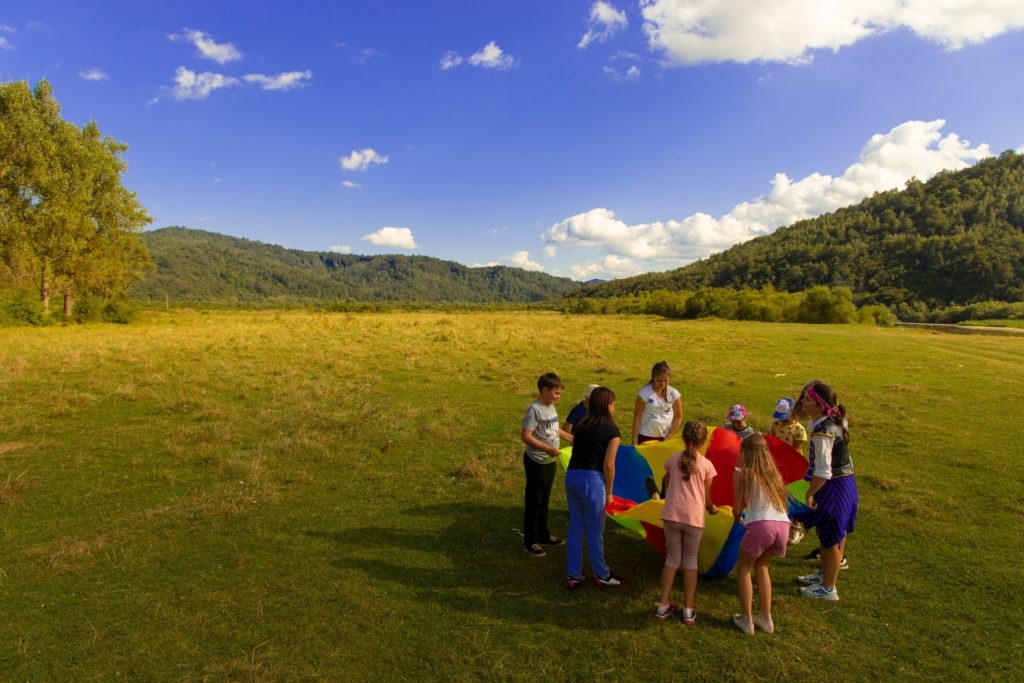
This morning the coffee maker would not come on. Was it the coffee maker? Was it the outlet? Before we could resolve the issue, we first had to define it.
It is the same with multi-faith work. How do we understand the issue or problem that we are trying to address? What are the sources of divisions and dehumanization based on racial, cultural and/or religious differences?
How we answer this question is very important, as the definition of any problem leads to our approach to the problem.
Twenty years ago, a typical response would be that division and dehumanization arises from individuals, their biases and prejudices. Therefore, what we needed to do was to get people into conversation, into relationship. We thought that if we just got people to know one another that division and dehumanization would be diminished if not resolved. Human beings have a strong tendency to in-group and out-group thinking. Our survival depends on being a part of a tribe. Those outside the tribe are seen as a potential threat.
There can be no doubt that efforts to get people together had many good effects! Research shows that when people have relationships with each other they begin to see one another as human. Even more powerful, when people work for the common good they see each other in more positive light–as an asset for survival instead of a threat.
Since then, however, an additional analysis has developed. It doesn’t set aside the positive benefits of relationship and work for the common good but sees it more as a strategy than an outcome. Ibram X Kendi has said this powerfully. Division and dehumanization, such as racism, starts with influential people who
- Perceive economic, cultural or political self-interests
- Create policies to further their own interests
- Create racist ideas to justify and promote their policies
- Racist ideas, division, dehumanization result in the larger population
These racist ideas that justify and promote these policies take advantage of our human desire for an in-group, our fear of the other, our desire for survival. They end up damaging all of us, while benefitting only a very few. These ideas and attitudes that divide and dehumanize get instilled in institutions and policies. They get memorialized in laws. They become a part of our sense of “the ways things are”– our common sense.
Sadly, many of the wisdom traditions in our country, have accommodated and distorted themselves to these racist, exclusive and dehumanizing ideals. Some have offered divine blessing to a status quo that denies the divine spark in nature and in human beings. Nevertheless, each tradition has resources to offer a positive vision for human beings and human society. These visions are even more powerful when we envision and work together.
If division and dehumanization, ever a potential within human beings and human societies, starts in this way, the goal of multi-faith relationships is not just to get to know one another. The goal of multi-faith relationships is to create institutional and structural change.
What then becomes of the work of building relationships? It has no less significance, and no less power. But it can no longer be the sole outcome of our work. Relationship, work for the common good is a part of a process for the institutional and structural change that needs to happen to overcome the division and dehumanization set in motion by those that work only for their selfish interest.
Greed is the source of many evils, as some have said.
Relationship building between people of many wisdom traditions is a key strategy, and indeed a good first step in multi-faith work. It is a good thing in and of itself. But it can no longer be considered the ultimate outcome. The goal we strive for must be to create the conditions for institutional and structural change. Some of the strategies that lead toward that goal are relationships, ideas, work to reduce bias, and honest conversation about the division, dehumanization and the desire for domination we see in society, for example in the form of white, Christian supremacy.
While it won’t be as easy as making the coffee maker work (it was a GFI issue), it is more meaningful to be working on the central issue. Many in the interfaith world, in my opinion, continue to operate as if relationship or conversation is the primary outcome of interfaith work. That is not a bad thing. But I have come to believe that we must see our work in a larger frame, and work for a clearer goal: to work for institutional and structural change through multi-faith relationships.
Together we can envision and work for a world of meaning, love of neighbor, a thriving ecosystem, a just economy and human rights that match the beauty of the earth and the dignity of every person.
Photo by Artem Kniaz on Unsplash
